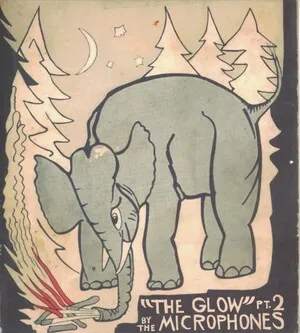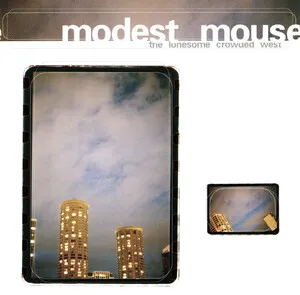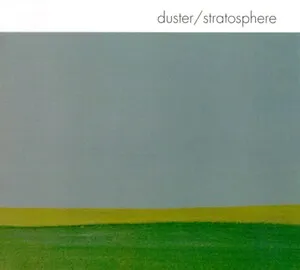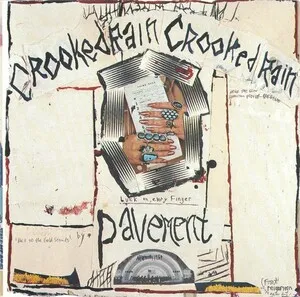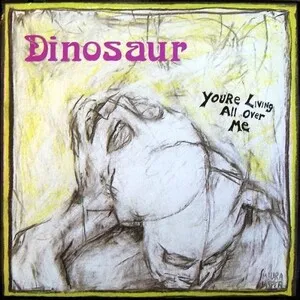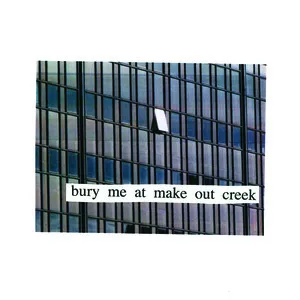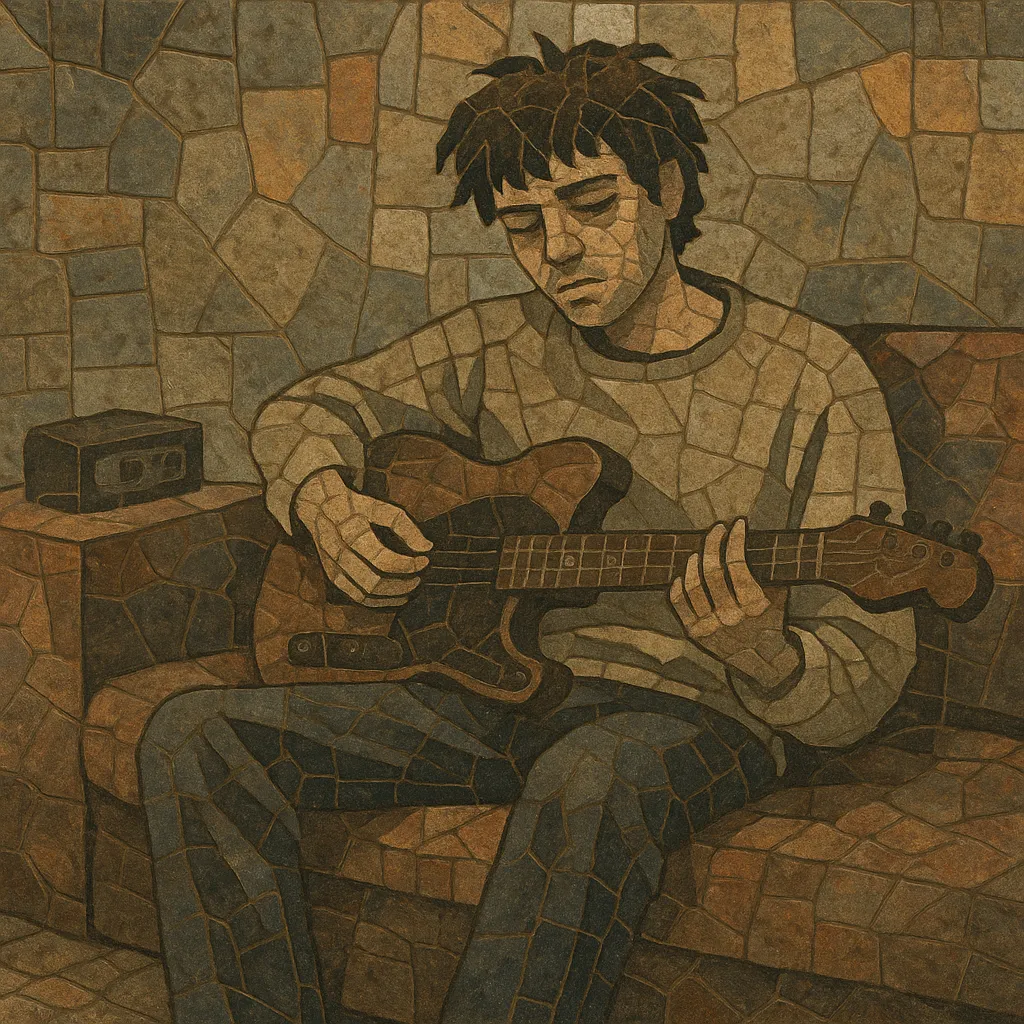
Your digging level
Description
Slacker rock is a laid‑back, guitar‑driven strain of indie/alternative rock defined by unpolished production, loose performances, and wry, deadpan lyric delivery.
It foregrounds everyday details, irony, and self‑deprecating humor, often embracing tape hiss, off‑kilter timing, and a casually jangly guitar sound rather than polish or virtuosity.
The style emerged from U.S. indie scenes in the early 1990s, fusing the melodicism of jangle pop and power pop with a DIY lo‑fi ethos and the shrugging, anti‑careerist stance of underground rock.
History
Slacker rock grew out of American indie and college‑radio circuits at the turn of the 1990s. Bands steeped in punk’s DIY values and the chiming melodicism of jangle pop adopted an intentionally casual approach to performance and recording, favoring four‑track tapes, room mics, and imperfect takes. The resulting sound felt intimate, sardonic, and anti‑virtuosic.
Groups like Pavement, Sebadoh, Guided by Voices, and Beck brought the style into broader alternative consciousness. The aesthetic emphasized dry wit, surreal or quotidian lyrics, laconic vocals, and jangly or fuzzed guitars. Rather than polished hooks, the emphasis fell on character, texture, and a sense that songs might unravel at any moment—while still hiding strong pop instincts beneath the slack exterior.
After the 1990s, the sensibility persisted in pockets of indie rock. Songwriters like Stephen Malkmus and Built to Spill refined the template with more expansive guitar work, while the lo‑fi resurgence and home‑recording boom recharged the sound. In the 2010s, artists such as Courtney Barnett and Parquet Courts revived the slacker voice—deadpan narratives, dry humor, and unfussy bands—connecting it with bedroom‑recording culture and a new generation of indie listeners.
Slacker rock’s biggest legacy is an ethos: prioritizing personality, lyrical candor, and DIY immediacy over gloss. It helped normalize lo‑fi textures in mainstream‑adjacent indie, paved the way for bedroom pop aesthetics, and influenced regional scenes like Australia’s dolewave, where laconic guitars and observational lyrics became a calling card.

